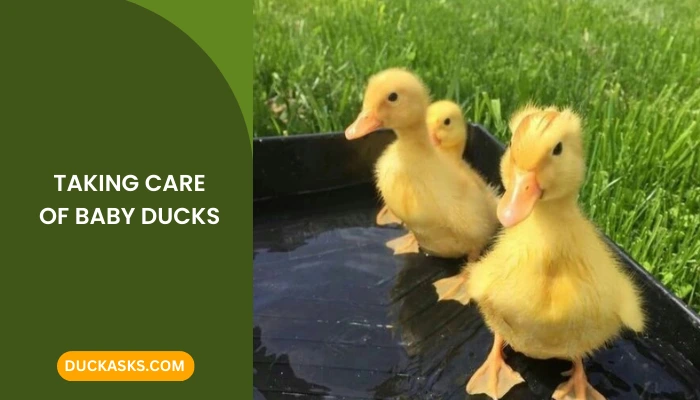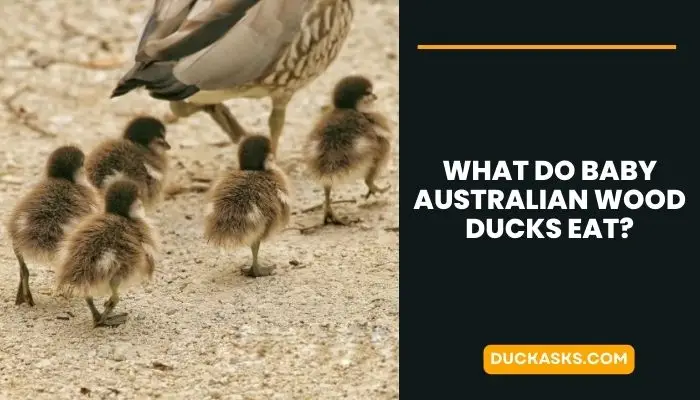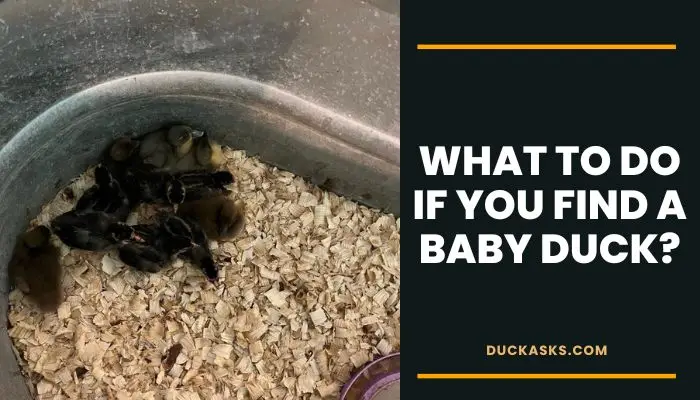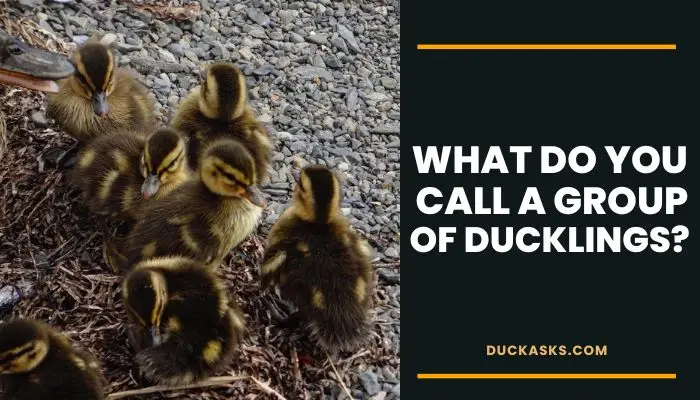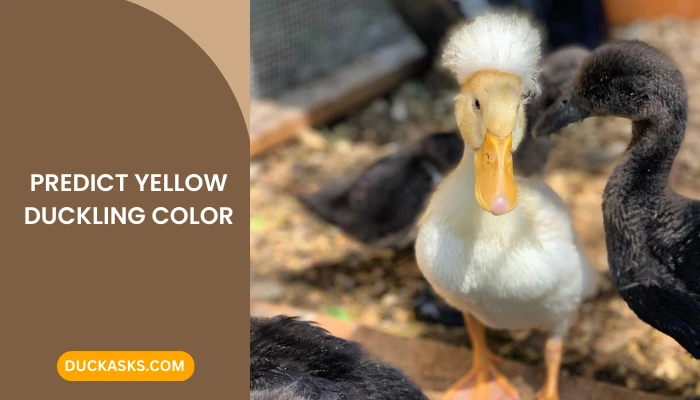What Do Ducklings Need?
Watching a batch of ducklings grow up is quite an experience. Whether you’re a poultry farmer or just keeping pets, the job is, essentially, taking care of helpless babies.
So, what do ducklings need to grow properly? The first thing ducklings need is a clean and dry brooder. You need to maintain the precise temperature inside the cage to support their development. A duckling will also need Vit B3-rich feed and 0.5 gallons of water per week.
Those little feather balls are susceptible to all the dangers of the world. Cold, moisture, and predators are only a few of them. It’s up to you to keep them safe. Don’t worry! We will guide you along the way.
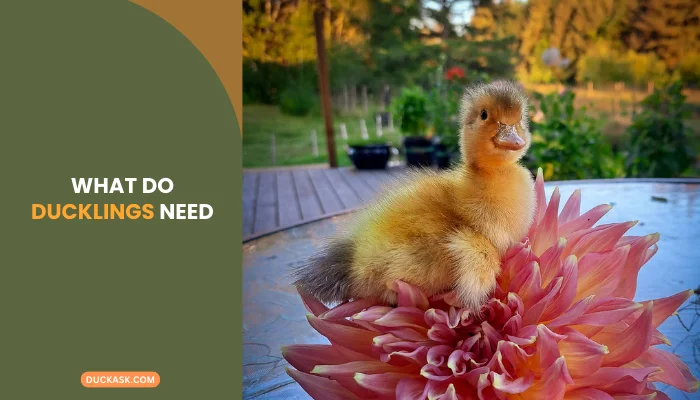
Looking for more articles about ducklings:
Do Baby Ducks Need a Cage?
Like all animal offspring, baby ducks are quite vulnerable to the environment for the first few weeks. So, yes, they do need the shelter of a cage during this time. Such a cage for ducklings is also known as a brooder.
The cage or brooder provides the duckling warmth and protection. Plus, it makes it easy for you to supervise them.
Generally, the brooder is a small cage. Once the ducklings outgrow it in a few weeks, you can move them to a bigger shelter.
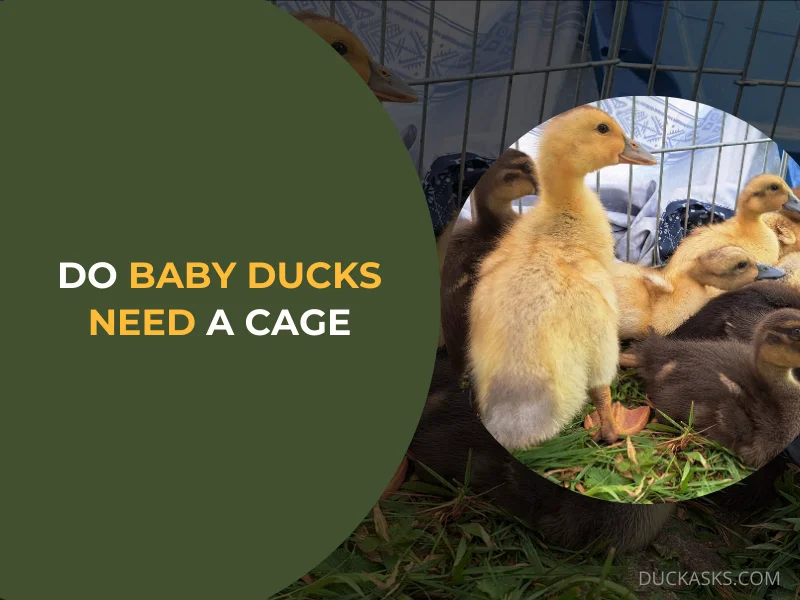
You can create a brooder from stuff you find around the house. A cardboard box or a plastic tote can make a fine brooder for your ducklings. Even a spare bathtub can do.
The duckling cage should have the following –
- A heat source that provides 90 F (you can use a heat lamp with a reflective cone).
- Enough space that lets the duckling move away from the heat source when they want.
- A thermometer to monitor and adjust the heat levels.
- Non-slippery and absorbent bedding.
- Shallow water dish with fresh water.
- A food dish.
What Type of Food Is Best for Ducklings?
Ducklings need a Vit-B3-rich diet to grow. It should also contain a perfect blend of proteins and other nutrients. The ducklings’ diet must have some coarse dirt or grit to help with digestion.
You can also start adding oats to the duckling’s diet slowly. This will provide them with some extra protein and nutrition. Keep adding until the oats-to-feed ratio is 1:3.
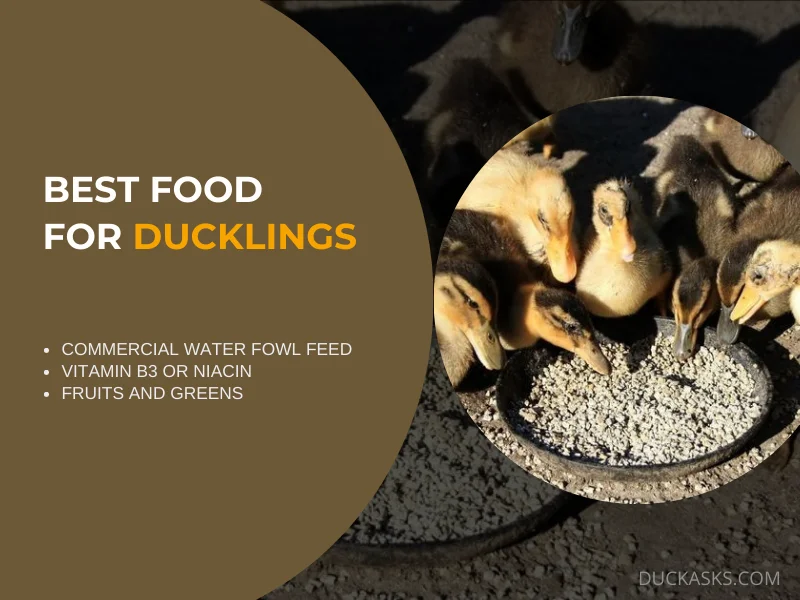
Commercial Waterfowl feeds make the job easy for you. Adding some extra fruit and greens is acceptable, but you must be careful.
Commercial Water Fowl Feed
If you don’t prefer taking the hassle of making ideal feed for ducks, commercial waterfowl feeds can do wonders in this case.
These feeds have the perfect combination of protein, vitamins, and other nutrients that can fulfill the demands of your ducklings’ developing bodies.
Chick starter feeds are okay if you cannot find waterfowl feed. In either case, make sure the feed is free from medication.
Vitamin B3 or Niacin
An essential requirement for ducklings is Niacin or Vit B3. Growing baby ducks need about 10 mg of it per day. Lack of this nutrient can result in developmental disorders.
All commercial duckling feeds contain an adequate amount of Niacin. However, you should still check the packaging to make sure.
If you select chick feeds, choose the ones with brewer’s yeast. The yeast provides the extra niacin ducklings need.
Sprinkle the yeast at a 5% ratio over their normal feed. Compared to chicks, ducklings experience faster growth and bone development. Therefore, their requirement for Niacin is higher.
Fruits and Greens
You can also include some fruits and greens in the duckling’s diet. Although, they shouldn’t constitute more than 10% of what the baby ducks eat.
Peas, tomatoes, cabbages, strawberries, and lettuce are good for your ducklings. Be careful to take out the seeds when you give the ducklings fruits. Otherwise, the baby ducks might choke on them.
The baby ducks shouldn’t be eating bread or moldy foods. Also, onions, salty or spicy foods, citrus fruits, and chocolates are unsuitable.
How Much Water Do Ducklings Need?
A one-week-old duckling needs about half a gallon of water per week. As they grow older, the demand increases. When a duckling is seven weeks old, it needs about 3.5 gallons of water per week.

Your ducklings will need this water to drink, bathe, and swim. The contact with water keeps their feathers, bills, and other body parts healthy.
However, ducklings lack the natural oils for warmth and dryness until they are 2 weeks old. So, you shouldn’t allow one-week-old ducklings to swim in deep water.
Use a shallow and tough dish to serve the ducklings their water. Place the dish opposite the heat source. Otherwise, the water might get hotter (Approximately 75 degrees) than the ideal temperature for the baby ducks.
How Do You Take Care of Baby Ducklings?
Taking care of ducklings can be a fun experience. Although, you have to be extra careful with them since they are babies and still growing. Proper duckling care includes the following –

A Suitable Brooder
As mentioned, a warm, clean brooder is essential to duckling care. It should have enough space to let them move around. Make sure the cage doesn’t have pointy protrusions that can hurt the ducklings.
The bottom of the brooder shouldn’t be slippery. Use pine wood shavings or old towels to create a nice non-slippery cage for the baby ducks. Here are a few tips for creating a suitable brooder –
- Create a well-ventilated brooder house but make sure chilly air doesn’t enter it. 1.2 m wall openings from the floor are ideal.
- You can brood ducklings on a wire/litter combo.
- Maintain dry, 8cm deep litter; stir occasionally to prevent mold.
- Ducklings that are less than 10 days old need a space of 200 cm2/duck.
- For ducklings aged 8 weeks, the space requirement is 1250 cm2/duck.
Temperature Management
Ducklings don’t have the ability to regulate their body temperature until they are fully feathered at 7-9 weeks of age.
Use a 100-watt brooding lamp to create the ideal warm conditions for the ducklings. Ensure the babies aren’t too close to the lamp. Maintain a cooler spot at the other end of the cage.
A thermometer can help you ensure 90 F temperature inside the brooder during the first week. You must reduce the warmth by 7 degrees each week. Eventually, the temperature inside the cage will be the same as outside.
The ducklings’ behavior will tell you whether they are too hot or cold. If they are cold, you will notice them crowding near the heat source. On the other hand, they will pant and actively avoid the heat source when it’s too hot for them.
Regular Cleaning
Baby ducks are pretty messy. Therefore, the inside of the cage will quickly become dirty and moist. The ducklings can become sick if you don’t attend to them soon.
So, you should clean the cage every day and put in fresh and dry bedding material. Once a week, use a mild bleach solution to prevent mold and fungal growth.
Interact with Your Ducklings
Ducklings crave human interactions. Spend time with them after the cleaning sessions to tame and bond. Gently hold them in your hands and stroke the feathers. Be careful not to squeeze them too tight.
You should also introduce them to swimming gradually. Start with shallow warm water. Once they are over 2 weeks old, they can go deeper.
How to Keep Ducklings Safe from Predators?
Your baby ducks are the target of a lot of predators. To make sure your adorable baby ducks stay safe from a bunch of persistent predators like foxes, cats, raccoons, hawks, and owls, here’s a step-by-step plan that totally makes sense –

Secure Their Space
Let’s start by beefing up the brooder with solid enclosures. This sets the stage as their safe zone right from the beginning.
Keep Things Clean
It’s like this – the brooder area should be squeaky clean, no food scraps lying around. Those things are like magnets for trouble.
Scare Tactics
Time to get a little sneaky. Install motion-activated lights and noise-making gadgets around their hangout to spook any potential predators. No one likes a surprise party they didn’t plan for!
Choose Your Defense
Here’s the deal: use hardware cloth to block diggers like cats and foxes, and go for electric netting to give flying threats like hawks and owls a little shock.
Outdoor Adventures
Once your ducklings hit about 10 days old, they’re ready for some supervised outdoor time in the mornings. Just be their wingman and watch for any shady characters.
Furry Backup
If you’ve got a four-legged buddy like a dog, consider them the bouncers for your duckling club. They’ll help keep the bad crowd away.
Rain Check
Remember, these artificially raised ducklings can’t handle rain until they’re about 21-28 days old and all feathered up. Keep an eye out for uninvited guests like rodents and crafty foxes during this time.
With this human-friendly guide, you’ll be the guardian your ducklings need during their crucial early days.
Key Takeaways
So, what do ducklings need? A warm, dry cage, proper feed, and clean water. But mostly, they need your love and attention. Be dedicated towards them for the first few weeks of their life, and your reward will be a flock of big strong ducks.
Hope this article provided the answers you were looking for. We would appreciate it much if you shared this information with the rest of the world.
And don’t forget to connect with us on Facebook, Twitter, and Pinterest for more content like this.
References:
- https://kb.rspca.org.au/knowledge-base/how-should-i-keep-and-care-for-my-pet-ducks/
- https://www.hgtv.com/outdoors/gardens/animals-and-wildlife/raising-ducks-caring-for-ducklings
- https://www.dpi.nsw.gov.au/animals-and-livestock/poultry-and-birds/species/duck-raising/brooding-and-rearing
- https://www.farmaid.org/homegrown-101/homegrown-101-raising-ducks/
- https://muscovysanctuary.org/overnight-duckling-care
Image References:
- Facebook.com/sarah.morrell
- Pinterest.com/FarmhouseGuide
- Facebook.com/MarieSmith
- Facebook.com//KyleGardiner

